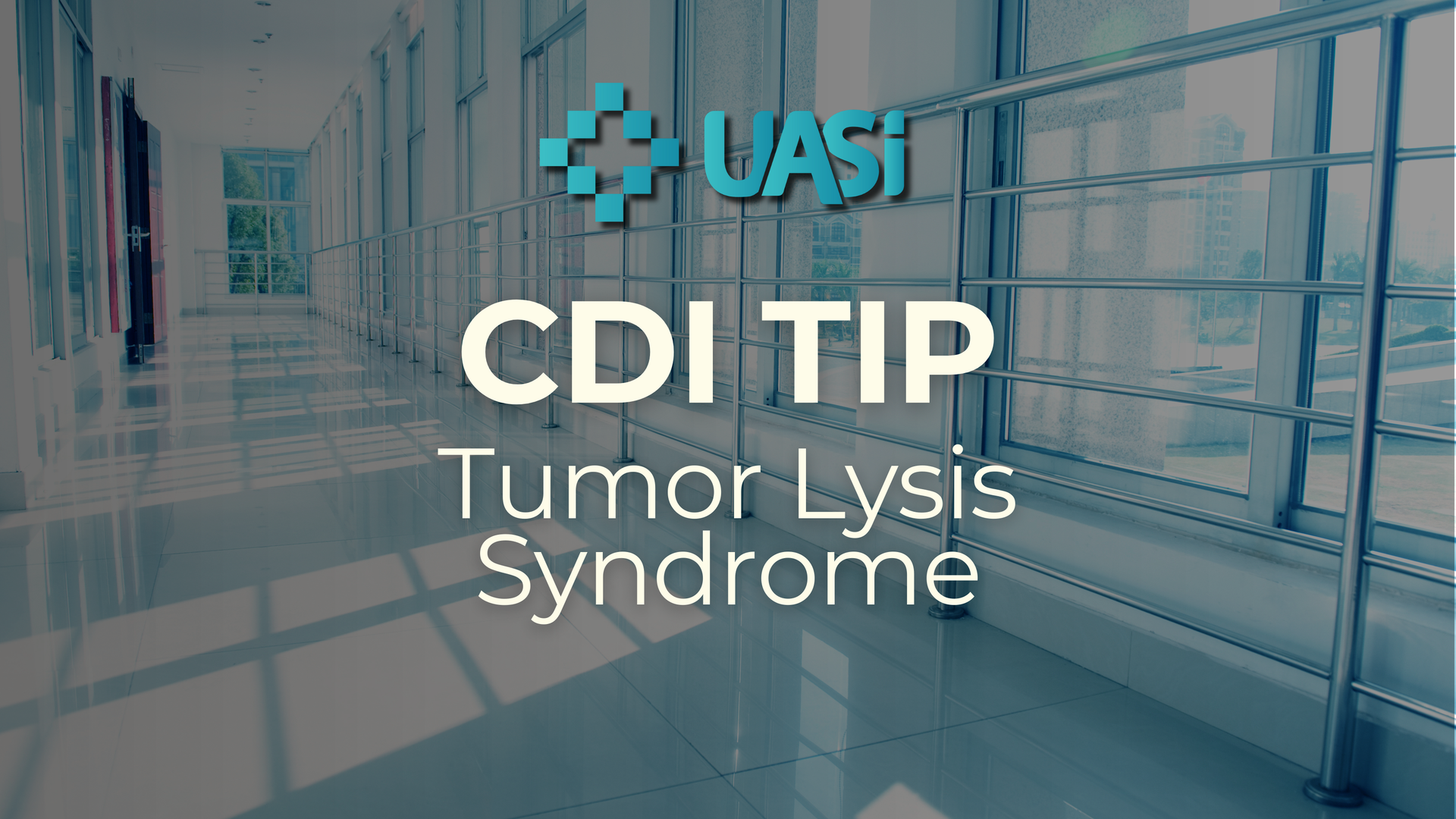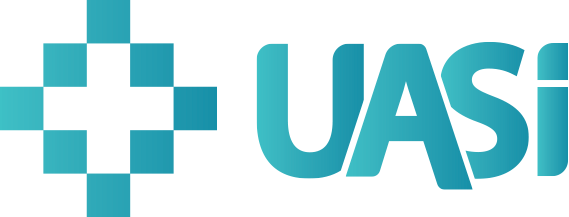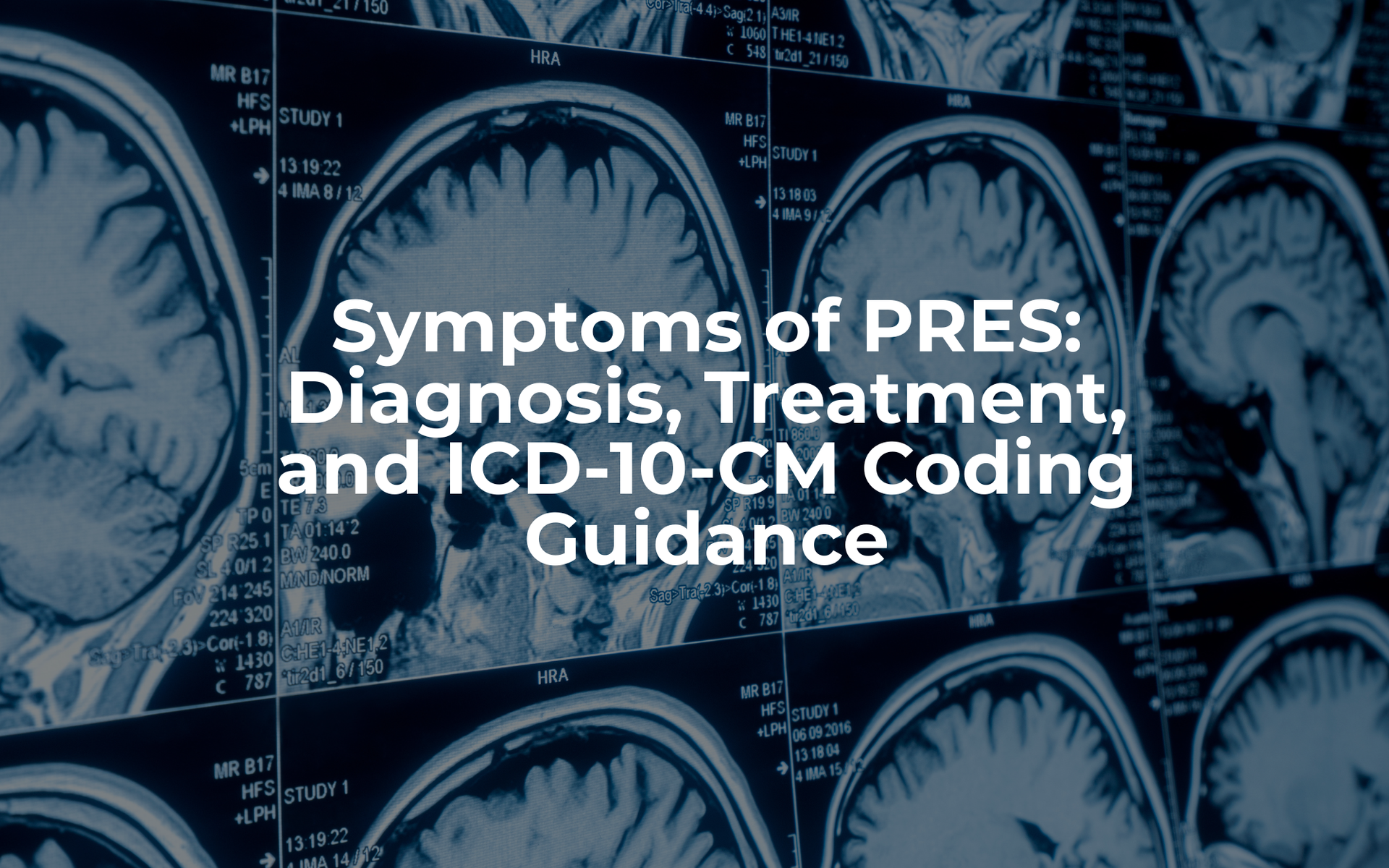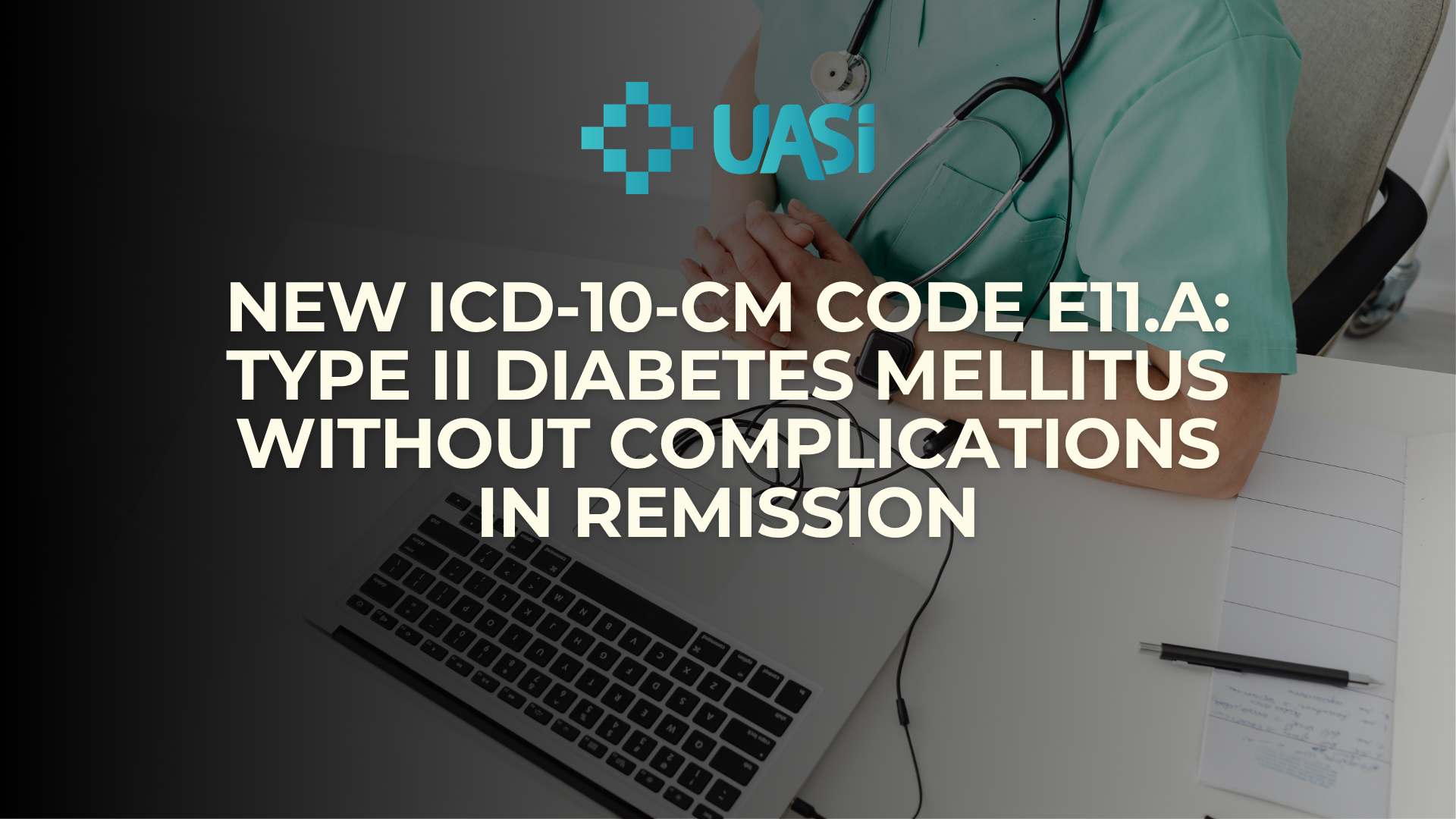May 12, 2025
CDI Reimagined: Improved Patient Care, Quality and $200M+ Revenue gain in 16 months
Hospitals today are navigating shrinking margins, workforce constraints, and increasing documentation scrutiny. For one national health system, years of revenue decline revealed a bigger issue: entrenched documentation practices were quietly costing millions.
In partnership with UASI, this organization launched a system-wide CDI optimization initiative — spanning 42 hospitals — that not only delivered $200M+ in revenue improvement but also boosted quality scores, clinical accuracy, and physician engagement. Here's how we did it — and what other health systems can learn from it.
The Importance of CDI in Healthcare
CDI programs serve as a bridge between clinical teams and the financial aspects of healthcare. By ensuring accurate and comprehensive documentation, hospitals can:
- Improve patient care through precise diagnoses and treatment records.
- Enhance compliance with regulatory and payer requirements.
- Optimize hospital reimbursement by capturing the full extent of patient conditions.
- Ensure quality and safety indicators accurately reflect patient outcomes.
- Reduce claim denials and delays in payment processing.
CDI programs are a cornerstone of revenue cycle management, influencing hospital financial health by identifying opportunities for correct Diagnosis-Related Group (DRG) assignment and reducing documentation-related revenue losses. When documentation of care is incomplete and/or inaccurate, the continuity of care for that patient from physician to physician and visit to visit is broken. This makes CDI not just a revenue program, but a patient safety program as well.
Challenges Facing CDI Programs
Despite their importance, hospitals encounter several obstacles in running efficient CDI programs:
Communication Barriers: The shift to remote CDI teams has weakened communication between physicians and documentation specialists, leading to gaps in documentation quality.
Policy vs. Practice Discrepancies: Leadership often assumes that established policies are followed consistently, but program assessments often reveal inconsistencies due to staff turnover and shifting priorities.
Resource Allocation & Physician Engagement: CDI teams and physicians struggle to manage their ever-expanding list of organizational priorities, leading to overlooked and non-compliant documentation opportunities, inconsistent training, and revenue loss.
Institutional Inertia: Many hospitals adhere to outdated CDI practices, resisting change due to long-standing workflows and organizational habits.
CDI Optimization Project: Methodology & Execution
The active phase of the optimization initiative was conducted over 12 months, covering 42 hospitals. This initiative differs from traditional documentation audits in that it was designed to analyze not just the accuracy of the final coding, but the entire ecosystem that enables the patient record to be coded. An Executive Steering Committee was formed to ensure the program had buy-in and support for such a massive, system-wide undertaking. The comprehensive approach was conducted in a systematic approach as detailed below:
- Drive Strategic Alignment Through Executive Leadership Engagement
- Uncover Policy Gaps & Insights Through Stakeholder Engagement
- Conduct Targeted Chart Audits to Identify Opportunities and Enable Timely Action
- Deliver Customized Physician Education to Address Training Needs and Drive Enterprise Consistency
- Leverage Data-Driven Insights to Prioritize Efforts and Maximize Impact
Key Outcomes and Measurable Impact
The results of the CDI optimization project were significant from a culture standpoint, improved quality rankings, better patient outcomes, as well as the impact it had on the Client’s financials. There were notable qualitative and quantitative improvements throughout this project that will pay dividends for the foreseeable future.
Financial Improvements:
- Recognized over $200 million+ in additional revenue benefit
- Over 2,000 positive-dollar DRG changes recommended (~18% of charts audited)
- $4,378 per positive-dollar DRG change recommendation
- An average of $787 identified per chart audited
Key Takeaways
Treat documentation as a strategic asset — It's not just compliance; it directly impacts clinical accuracy and revenue performance and can be a way to engage physicians
Drive change from the top — Executive alignment and real-time feedback loops are essential for sustainable, system-wide improvements.
Leverage third-party reviews for fresh insight — Even mature CDI programs benefit from objective assessments that reveal hidden opportunities.













